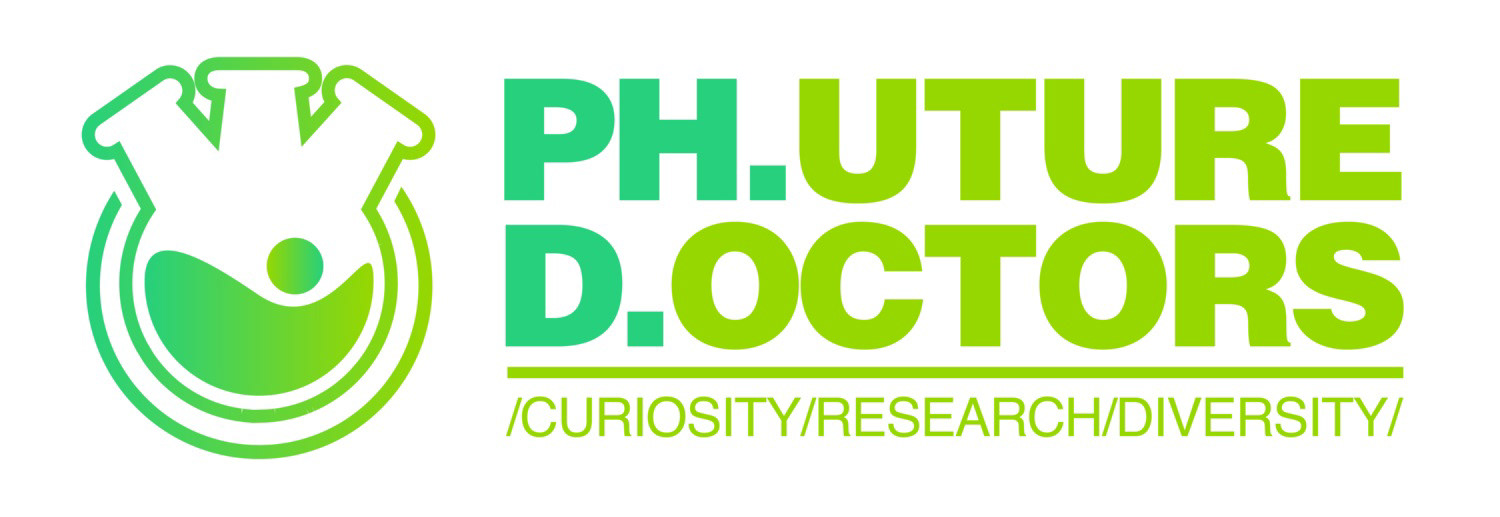Geneticist and Science Communicator
SKILLS
Scientific Writing | Video Production | Photography | Graphic Design | Leadership
Video Production
I wrote, produced, and narrated the following award-winning videos.
OUTREACH
As STEMzone Outreach Booth Captain, I spearheaded production of an interactive, fun, and all-ages booth to educate attendees about genetics research at UGA. I managed a team of undergraduate and graduate students to lead the educational booth activities. Click here for the complete writeup.
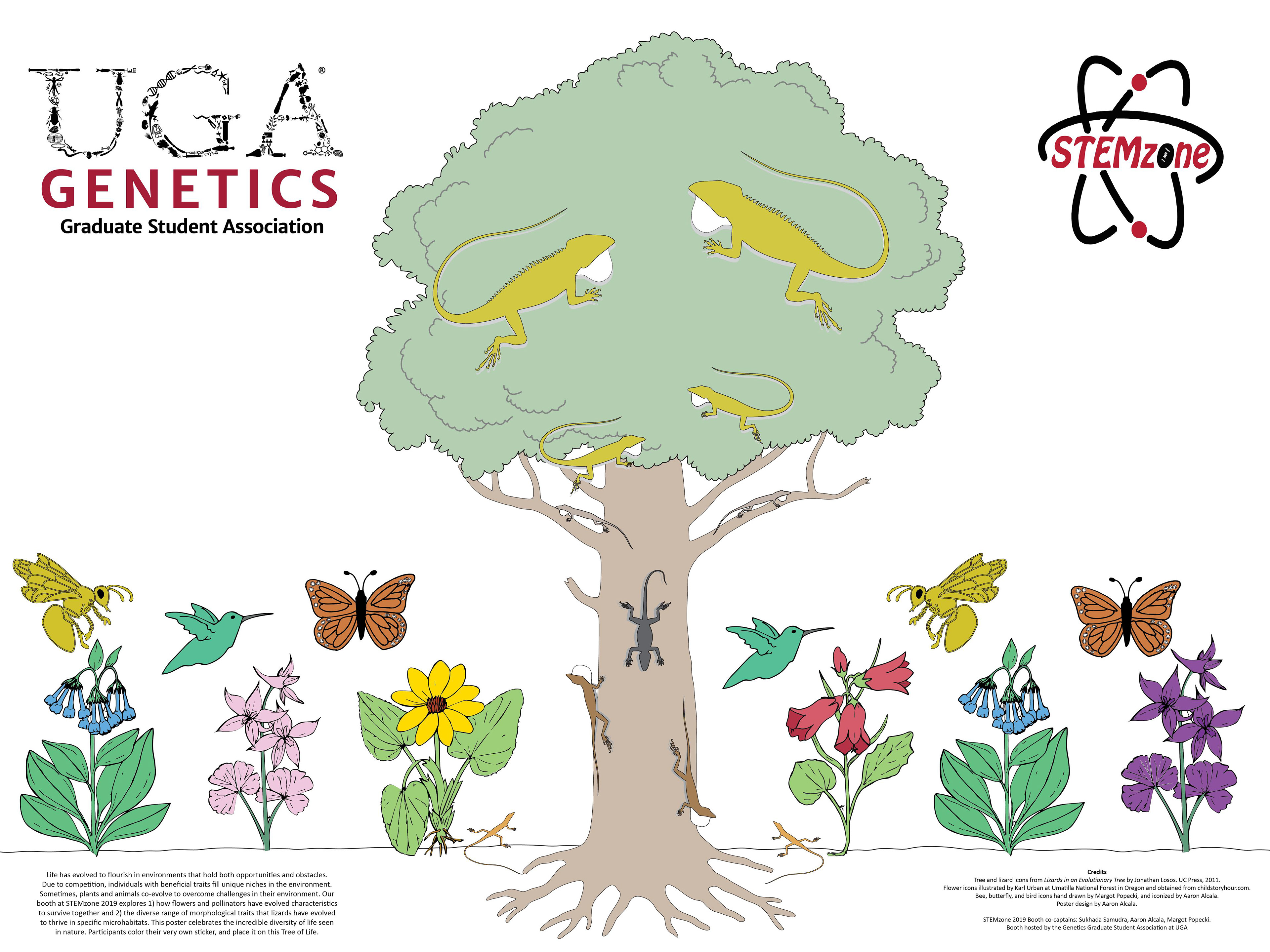
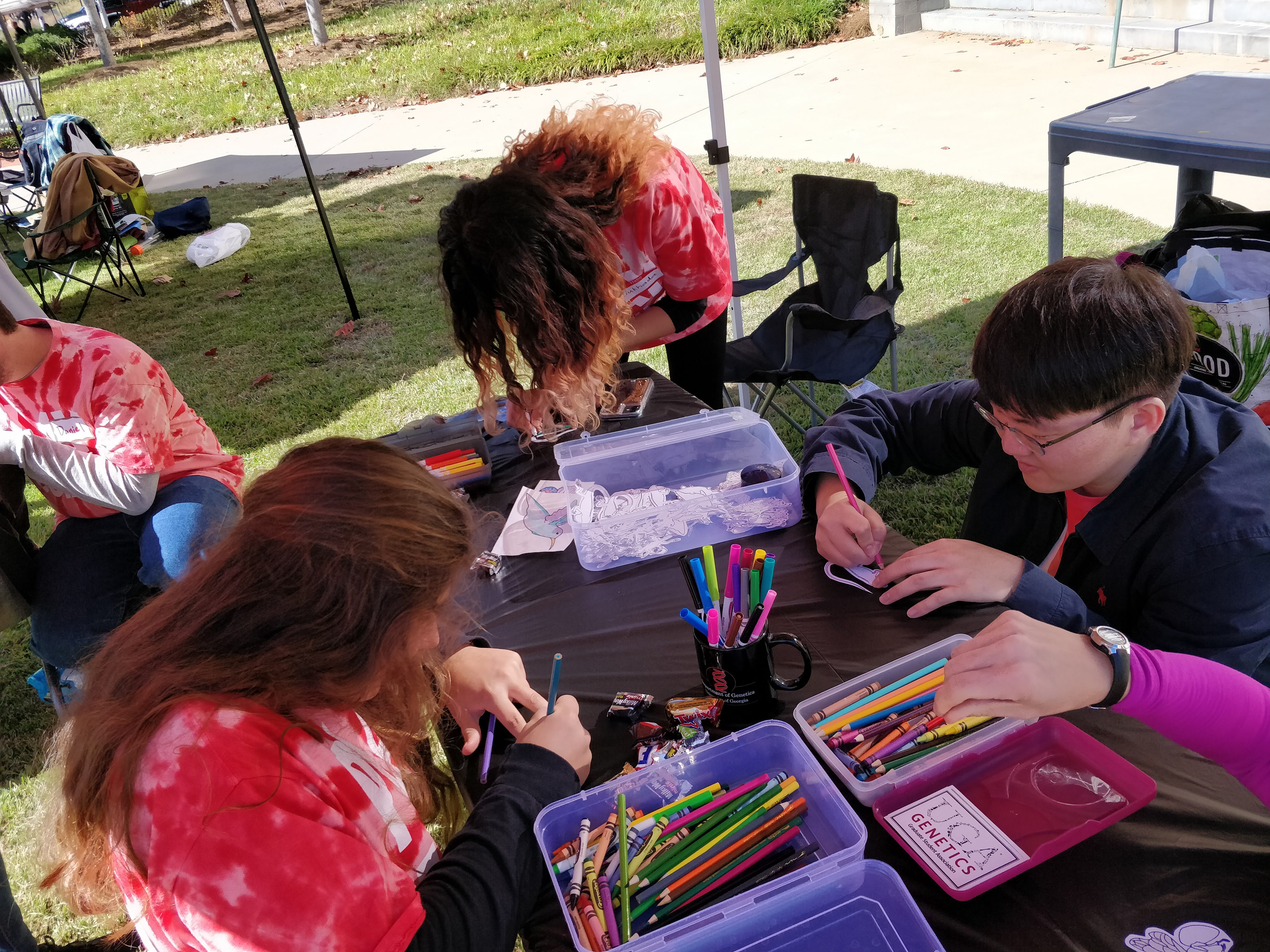


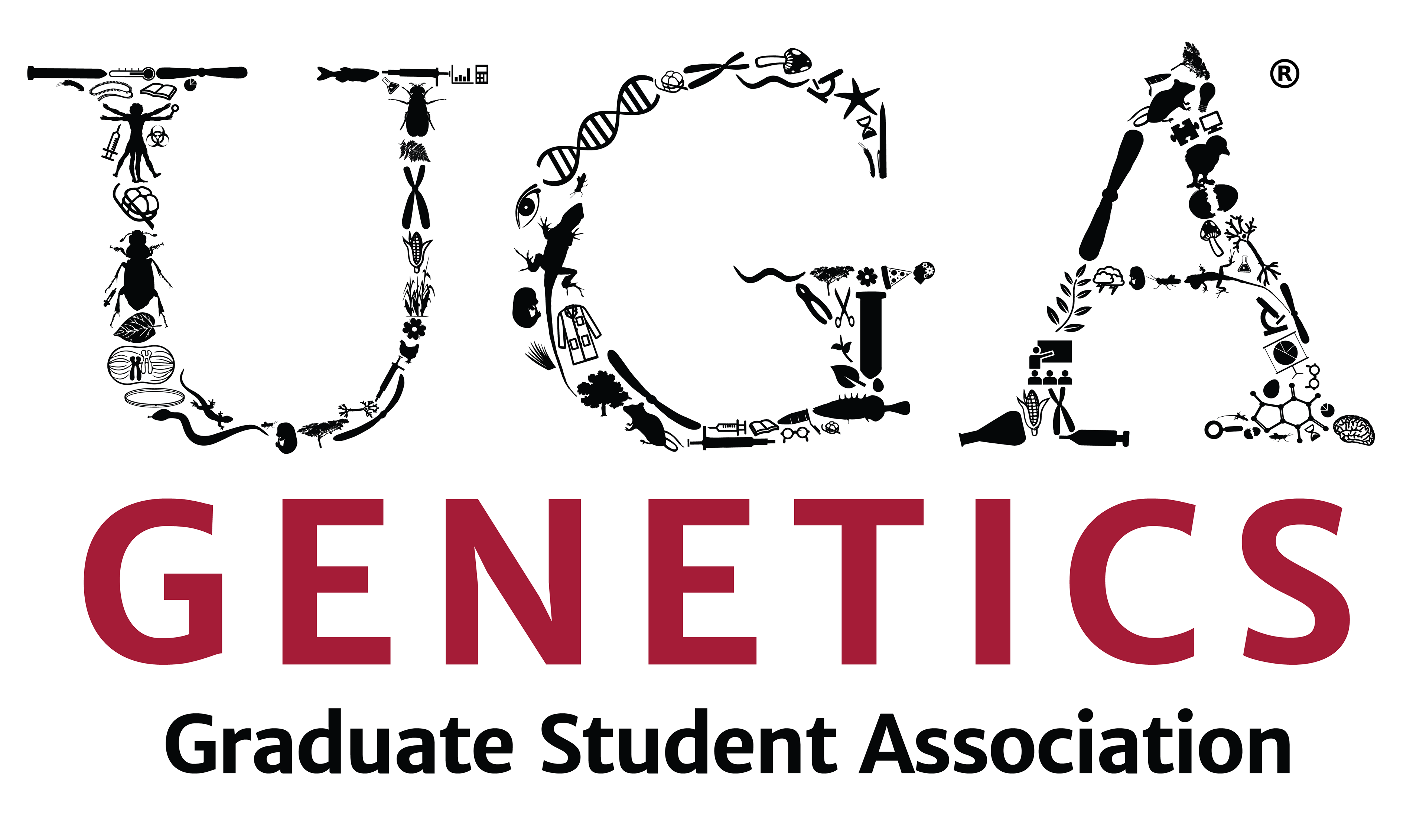
Posters and UGA Genetics logo designed by Aaron Alcala.
PHOTOGRAPHY
My photos and videos of lizards are published in Cell Reports and Current Biology. My image of a gene-edited albino lizard is featured on the journal cover.
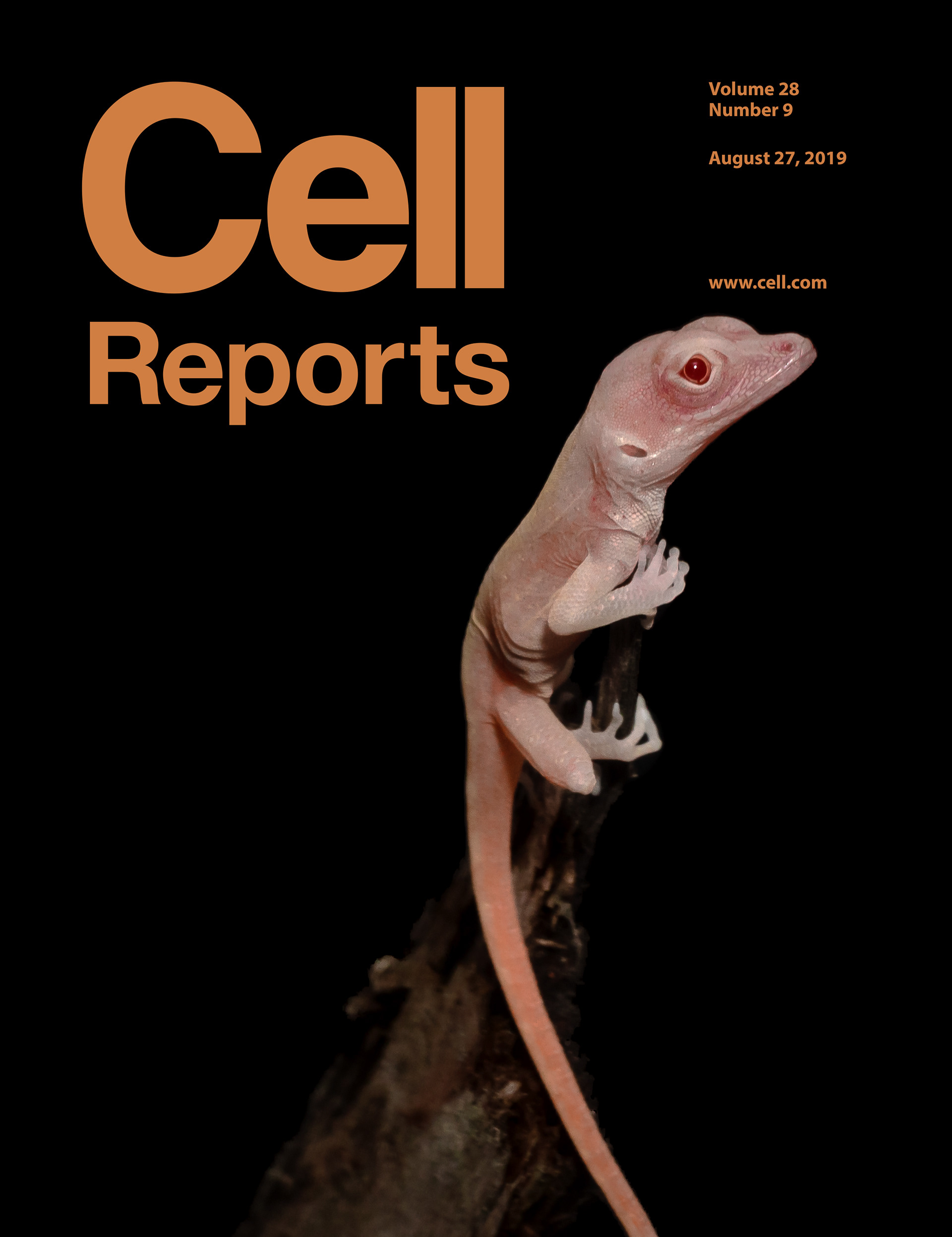
CRISPR-Cas9 gene editing has enabled direct manipulation of gene function in fish, amphibian, avian, and mammalian species. There is, however, an absence of reptilian model systems with effective tools to study gene function. Rasys et al. report a method that allows the generation of genetically modified lizards through the injection of Cas9 RNP into immature lizard oocytes. Here, we show a newly hatched albino Anolis lizard that carries CRISPR-Cas9-induced mutations in the tyrosinase gene. This photograph was taken by Aaron Alcala.

Our collaborators at McGill University studied the genomes of different ball pythons and found a mutation in a gene called "tfec" that is associated with the piebald color pattern. Our lab used CRISPR to create mutations in the tfec gene in anole lizards.T he WT is a wild-type brown anole. Wild type just means it displays the most common trait(s) seen in nature. The lizard on the right has a mutation in the tfec gene. Mutant lizards lack pigmentation in the snout and limbs. We also found that they lack iridophores, a type of pigment-producing cell that reflects light. This makes the tfec mutant skin partially translucent, allowing bones and large blood vessels to become more visible in certain parts of the body.

A wild-type brown anole (right) laying on a rock next to a brown anole with a mutation in the tfec gene (left). The tfec mutant lizard lacks pigmentation in the snout and limbs.
Five photos I took of lizards were winners in the Anole Annals photo contest. My 1st place image of a green anole is on the cover.
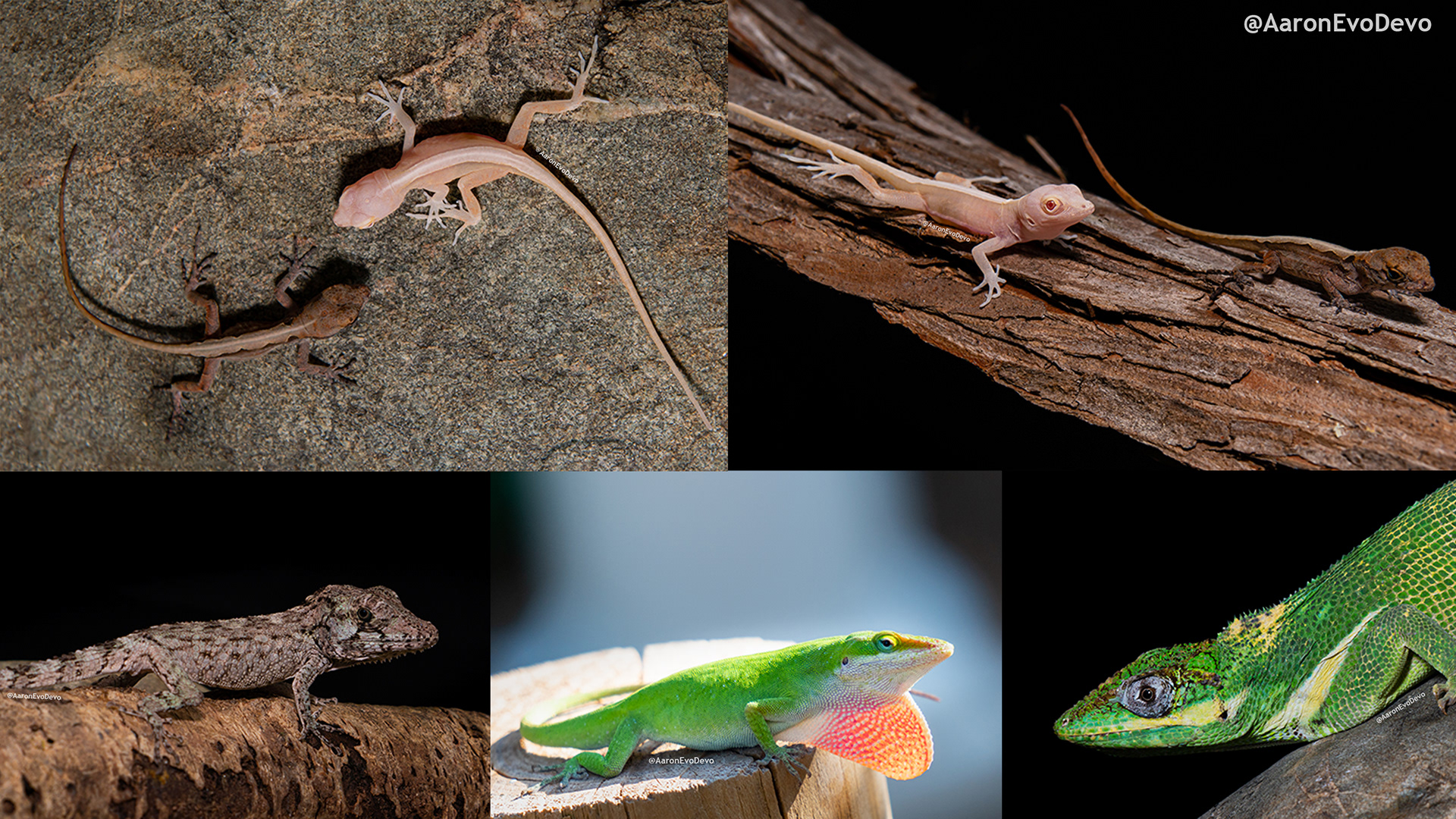
Several different anole species photographed by Aaron Alcala.
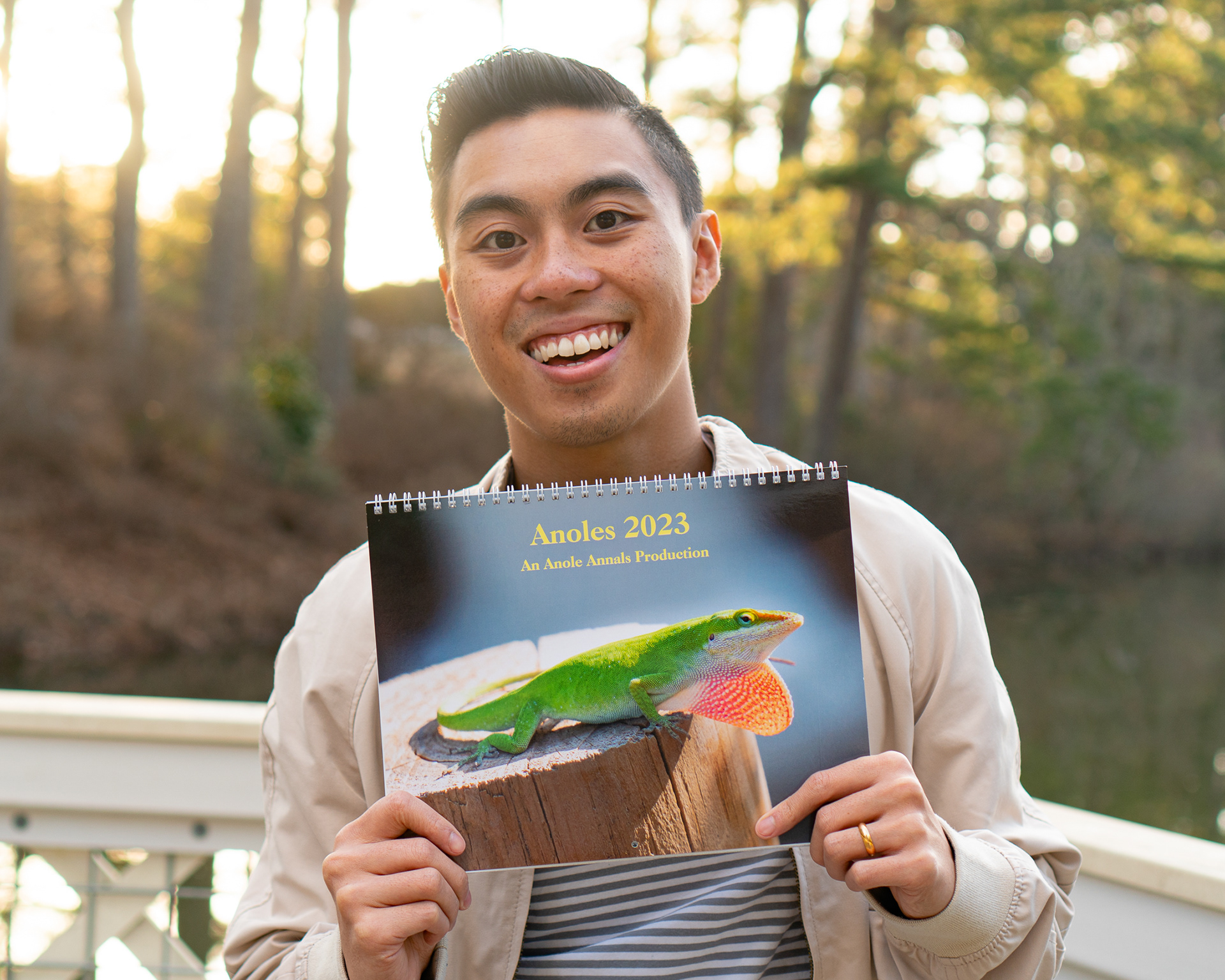
Aaron holding the Anole Annals 2023 Calendar.
My macro photos of alligator and anole embryos are featured on the Society for Developmental Biology website.

American alligator embryos at four stages of development (not to scale). Photos by Aaron Alcala.

Brown anole embryos stained (w/ Alcian blue) and photographed by Aaron Alcala.
Past Partners

Arcadia Science

Society for Developmental Biology

Anole Annals

Answer in Progress

Pinoy Scientists
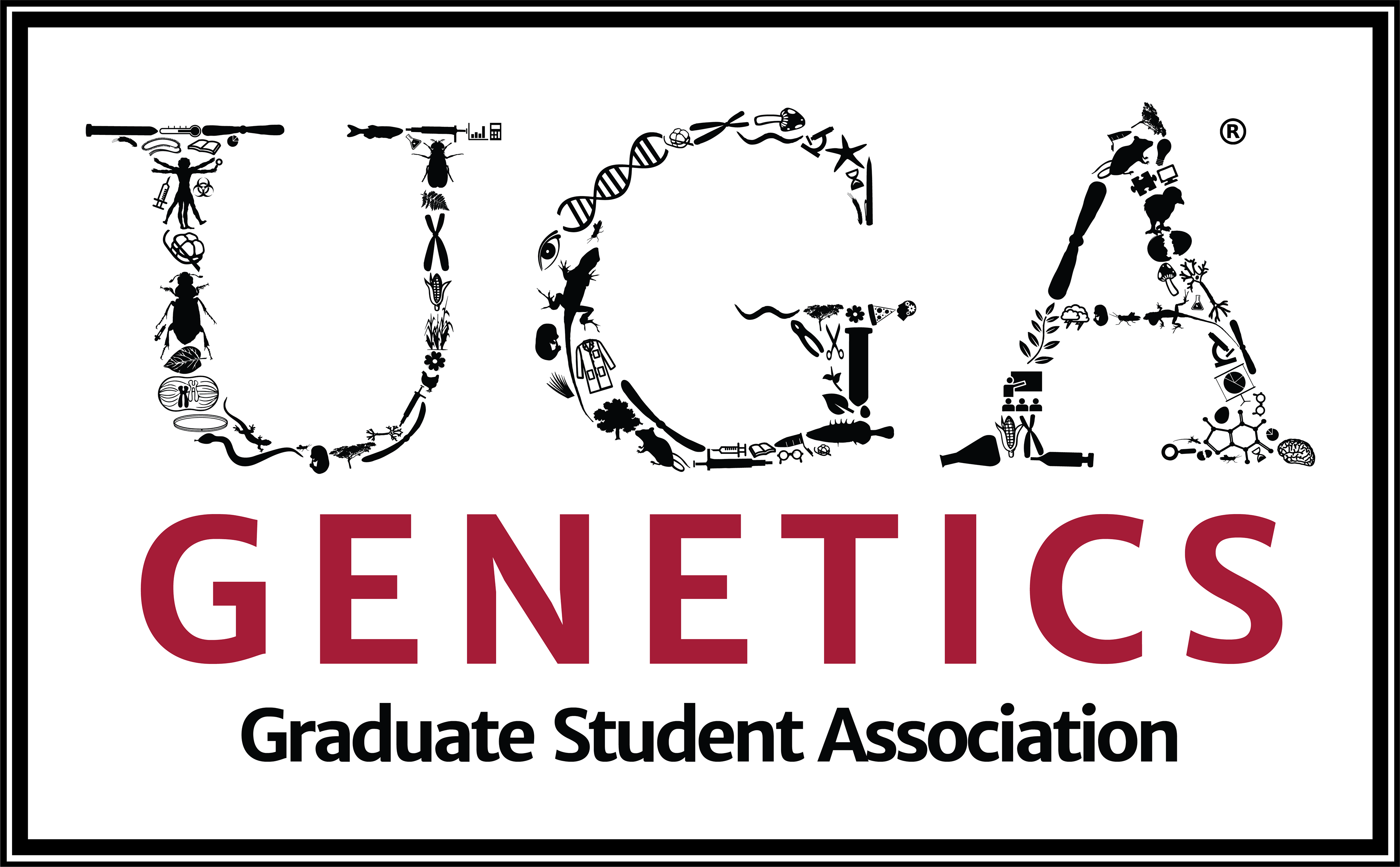
UGA Genetics Graduate Student Association

UGA Developmental Biology Alliance

Georgia Science and Engineering Fair

Sterrin's Wild World
